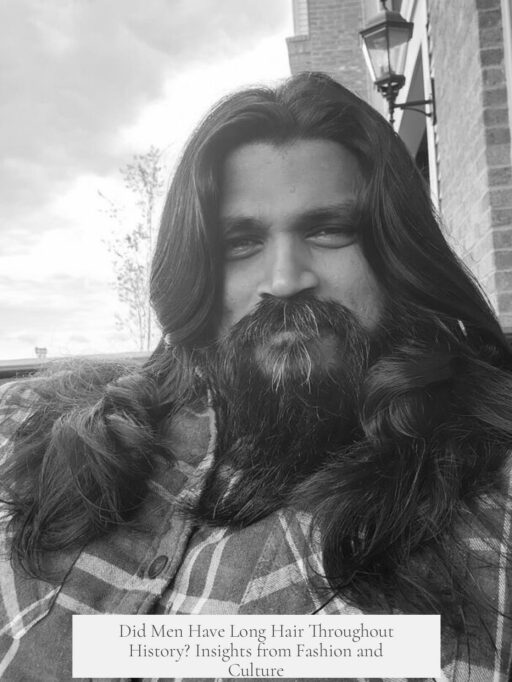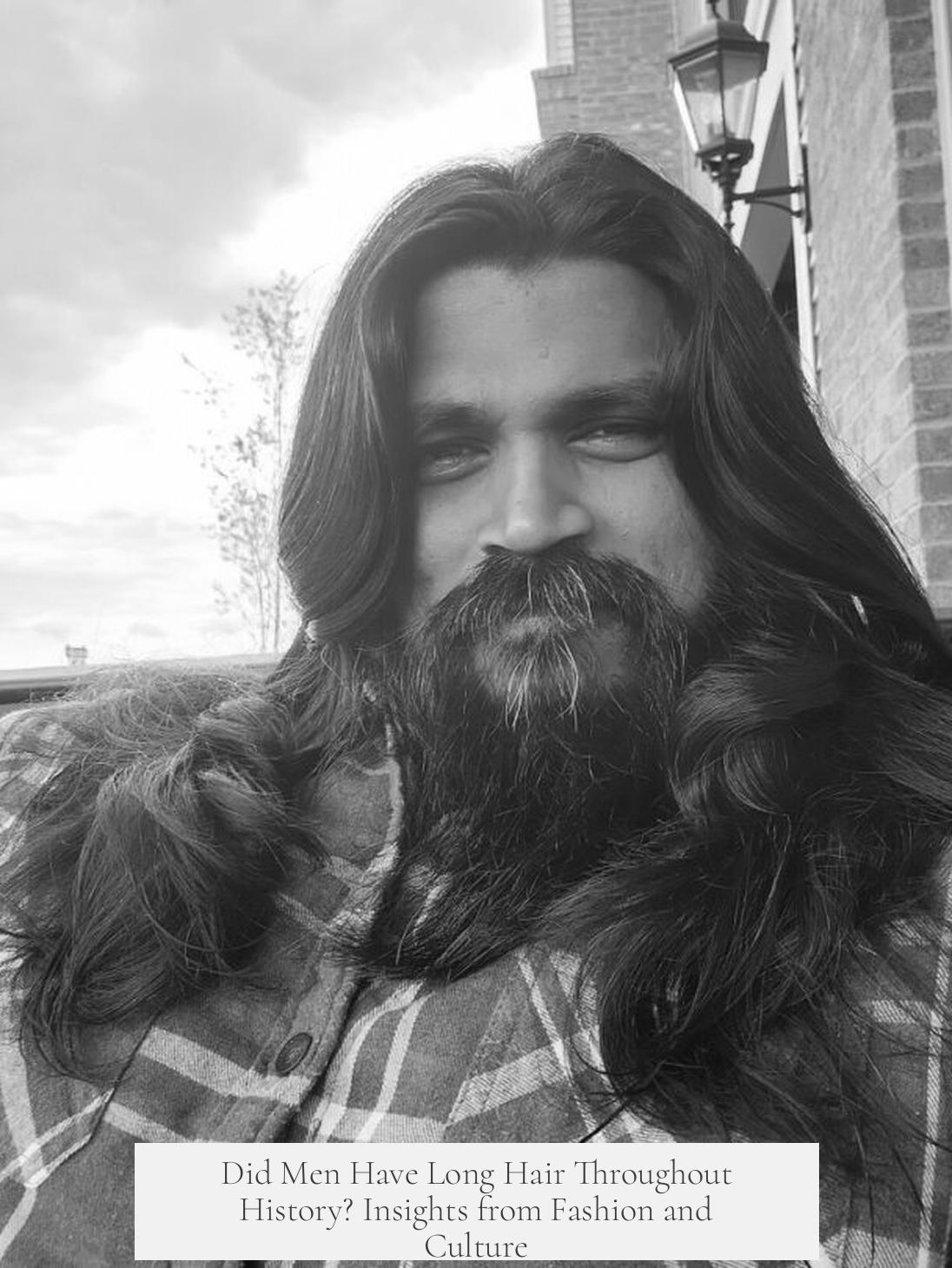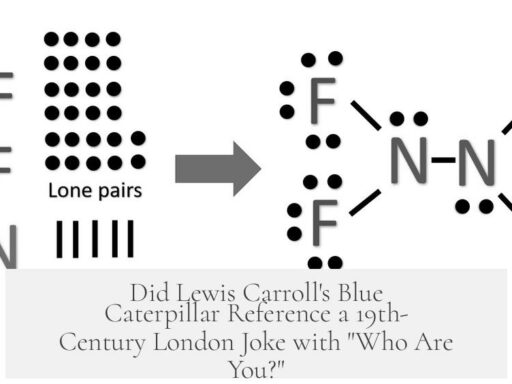Men did not universally have long hair throughout history; styles vary greatly by time, place, and social status. In some eras, such as Renaissance Europe during and after the reign of Louis XIII, long hair symbolized upper-class status and refinement. However, many practical and hygienic reasons led tradesmen and lower-class men to wear short hair.

Long hair often projected an image of wealth. Men who avoided manual labor or who could afford wigs displayed long hair as a status symbol. Wealthy figures like Louis XIII and Louis XIV covered baldness with elaborate wigs. The Second Duke of Buckingham and Charles II also famously wore wigs to emulate a luxurious appearance.
Wigs played a big role in male fashion among the elite. Some men’s “long hair” was not natural but rather an artificial arrangement. These wigs communicated power, prestige, and elegance without the need for actual hair growth.
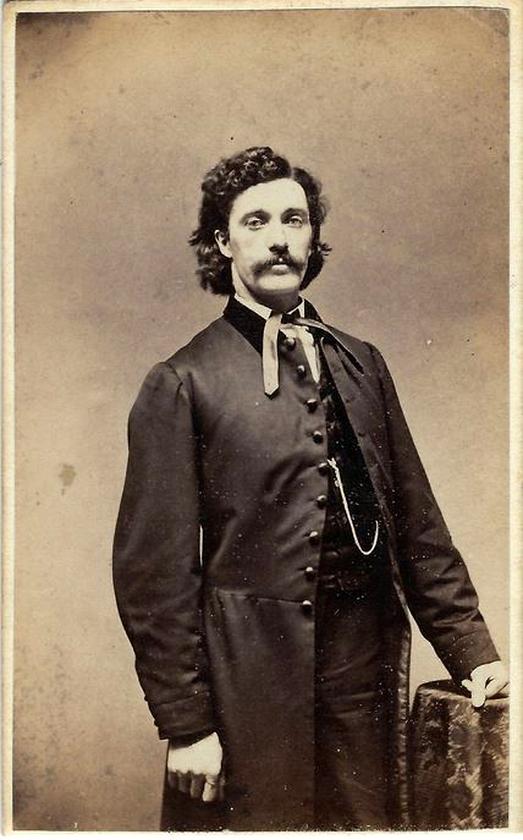
Fashion was not uniform. Tudor England shows different trends. Prominent men like Sir Philip Sidney sported styles that did not emphasize long hair. Henry VIII openly showed his baldness, indicating no widespread need to hide it or conform to a long-haired ideal.
- Renaissance European upper classes favored long hair or wigs as symbols of status.
- Short hair was common among working-class men for hygiene and practicality.
- Wigs often replaced natural hair to convey wealth and mask baldness.
- Tudor England men displayed diverse styles, with no universal long hair trend.
Historical evidence reveals men’s hairstyles fluctuated widely. The image of men always having long hair is inaccurate. Social class, cultural norms, and personal choice influenced hair length and style over time.
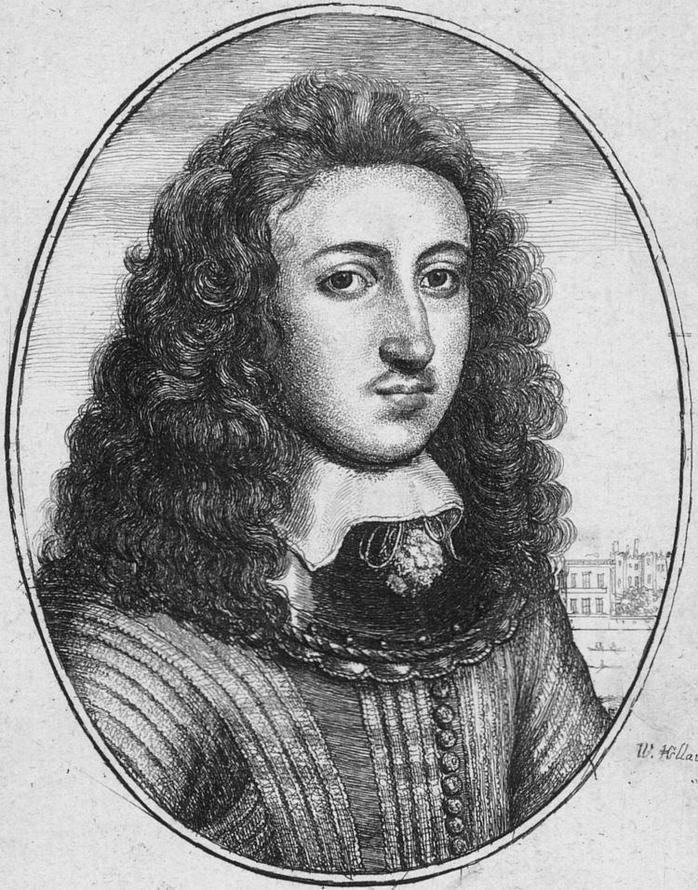
Did Men Really Have Long Hair Throughout History?
Did men really have long hair throughout history? The answer is: not quite. Hair length in men has never been a simple ‘yes’ or ‘no’ story. It depends—on time, place, social class, and sometimes on how fancy a wig you could afford. Let’s comb through the facts, shall we?

When you imagine long locks in history, your mind might flash to romanticized pictures of Renaissance gentlemen or heroic figures with glorious manes. The reality is a bit more layered—and sometimes, hairy tales were wigs.
Understanding men’s hairstyles throughout history is like peeling an onion (or unraveling a wig): It’s complex, rich, and sometimes brings tears to your eyes—especially if you realize it’s all about status and practicality.
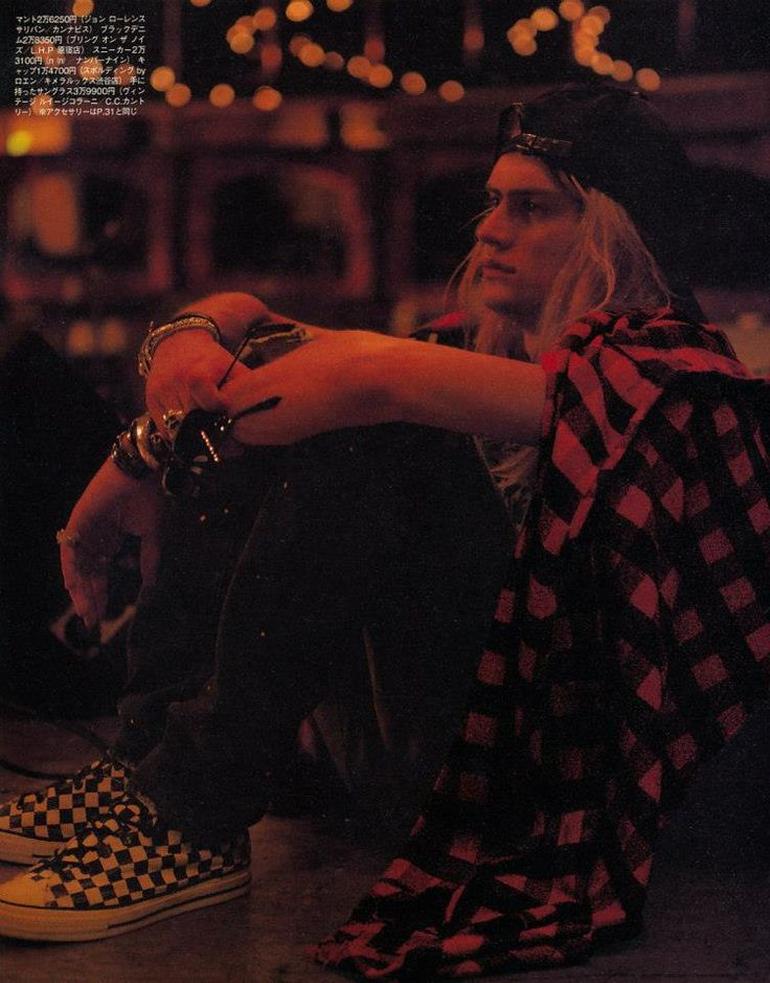
**Long Hair: A Renaissance Status Symbol**
During the Renaissance in Europe—particularly in France from the reign of Louis XIII to the French Revolution—long hair wasn’t just a style; it was a social statement. Wearing flowing locks or elaborate wigs signaled you were upper class, refined, and free from “dirty” manual labor. The Cavalier fashion embraced long hair as a visible marker of nobility and elegance.

Meanwhile, most everyday tradesmen and apprentices, often called “Roundheads,” sported short haircuts. Why? Because long hair gets in the way of hard work and isn’t always hygienic, especially before modern shampoo and running water. So, short hair wasn’t just practical. It was a class signifier, too.
**Wigs: The Original Hair Enhancement**
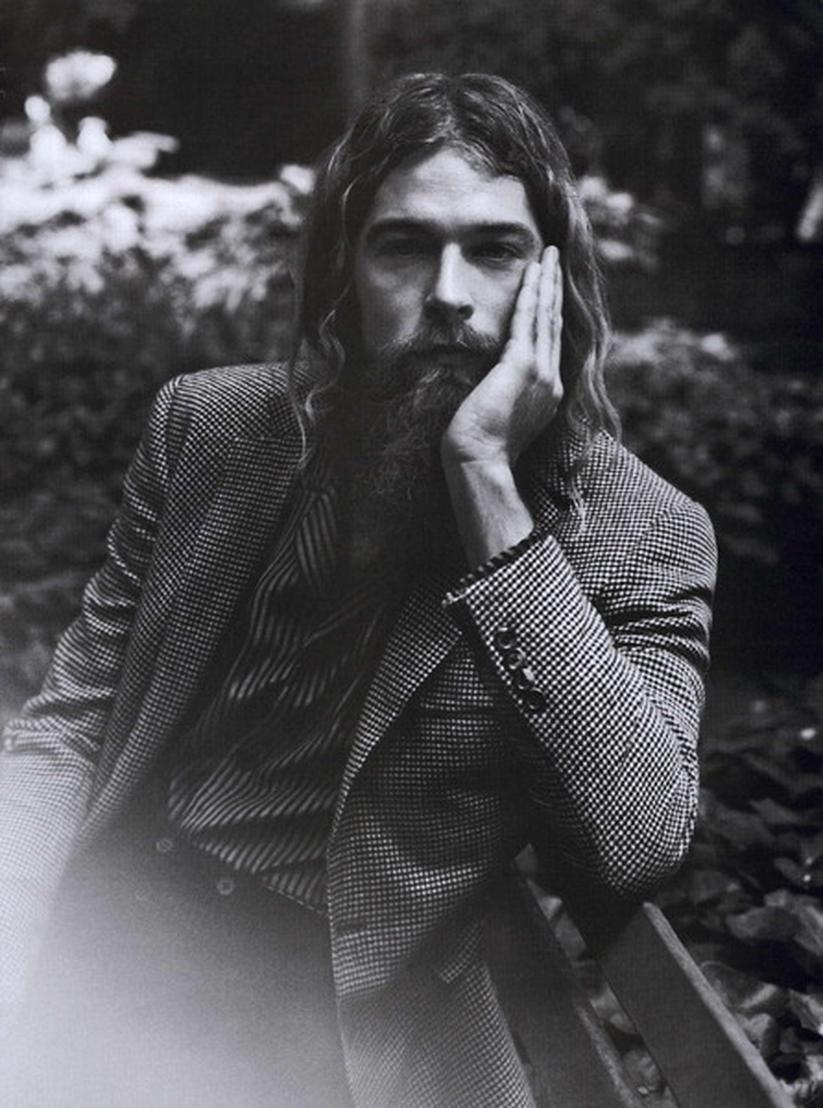
If you think those long-haired aristocrats were rocking natural flowing tresses, think again. Many famous historical figures wore wigs.
- Louis XIII was embarrassed by his baldness, thus started the royal wig trend.
- Louis XIV—yes, the Sun King—continued this tradition; his long “hair” was often a wig.
- George Villiers, the Second Duke of Buckingham, was fond of a flashy wig.
- Charles II famously wore a wig, helping popularize the style among nobility.
- Even John Wilmot, the Second Earl of Rochester, had his fabulous hair as a wig.
Wigs were the swag of the day, a mark of wealth and status. Spending hours caring for natural hair was passé. Instead, pour on the powder and wear a wig—it showed you were important and had leisure time to maintain appearances.
**Tudor England: A Different Hair Story**
Jump back a bit to Tudor England, and the hair scene changes dramatically.
Look at portraits from this era. Many men, including powerful figures like Henry VIII, wore shorter hair or openly flaunted baldness. Interestingly, Henry VIII felt no need to hide his bald spots, bucking the later trend where kings and nobles might conceal hair loss with wigs.
Another fashionable man, Sir Philip Sidney, sported more modest hairstyles himself, showing that long hair was not the universal standard.
This shift highlights how hairstyles are deeply cultural and time-specific. What’s fashionable in Renaissance France might be downright odd in Tudor England.
So, What Does This Mean for Men’s Hair History?
Men’s hair length throughout history is a tale of social signals, practicality, and cultural trends. If you picture history’s men all having long hair, you’re oversimplifying.
Here’s the gist:
- Long hair often marked upper-class status, freedom from labor, and wealth.
- Short hair showed practicality, cleanliness, and working-class modesty.
- Many long-haired nobles flaunted wigs, not their own hair!
- Tudor England men had different hair customs, sometimes embracing baldness.
Why Does This Matter Today?
Thinking about historical hair reveals how personal appearance has always been a social language. It also shows how hair length, styles, and grooming evolve—not just for fashion but for signaling who you are and where you belong.
Next time someone says, “Men always had long hair back then,” you can politely correct them—armed with facts and flair.
Practical Takeaways for the Modern Gentleman
- Hair length as identity: Even today, hair length can express status or personality. Decide what yours says.
- Wigs and hair extensions: History embraces illusions; modern men can borrow this tactic if hair is an issue. Why not?
- Care matters: Just like Renaissance men spared time to maintain elite hair (or wigs), healthy hair needs care—not neglect.
- Be authentic: Unlike some historical figures hiding baldness, own your natural style boldly.
Hair Today, History Tomorrow
History isn’t just dusty old books; it’s the story of people who looked—and acted—much like us. Their hair, a seemingly small detail, tells bigger tales of who they were.
Would you prefer to sport the long, tangled Cavalier look or embrace a practical, tidy style? Hair trends change, but the desire to express oneself remains constant.
In conclusion, men’s hair length through history is a patchwork quilt of culture, class, and convenience. Long hair does pop up in history, but it isn’t the whole story. Many men walked bald, wore short cuts, or invested in wigs to keep their style game sharp.
So, did men really have long hair throughout history? Sure, sometimes—but not always, and often, it wasn’t all natural. History loves its wigs, and so can you if you dare!
Did all men in history wear long hair?
No, hair length varied by time and place. For example, in Renaissance Europe, upper-class men often had long hair or wigs, while many lower-class men kept short hair for hygiene and practical reasons.
Why did some men wear long hair in history?
Long hair often showed status. Wealthy men could afford to avoid manual work, keeping their hair long or wearing expensive wigs to look refined and distinguished.
Were the long hairstyles always natural?
Not always. Many wealthy men wore wigs. Kings like Louis XIII and Charles II used wigs to mask baldness or to project status rather than growing long natural hair.
Did all historical periods favor long hair for men?
No. In Tudor England, men like Henry VIII did not prioritize long hair or wigs. Baldness was accepted and not always hidden, showing diverse trends existed.
What practical reasons led some men to prefer short hair?
Tradesmen and apprentices often kept hair short to stay clean while working. Hygiene was poorer among lower classes, making short hair more manageable and practical.
